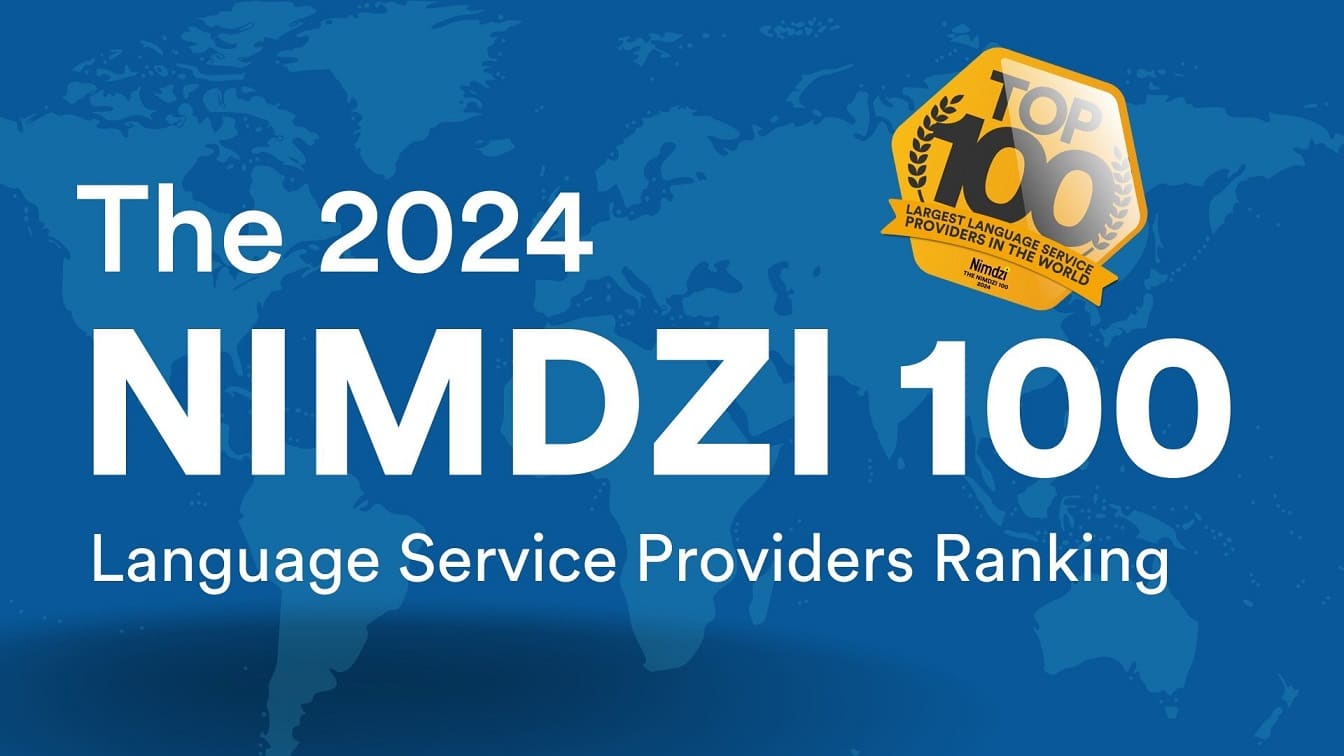Over the last several years, there’s been a growing emphasis on DEI initiatives in professional and educational environments. Everyone moves through our world in their own way, and we all need different kinds of support to do so equitably and effectively. With roughly 80% of workers reporting that they prefer to work for a company that prioritizes DEI, it’s no surprise that institutions and businesses around the world are dedicating themselves to creating more inclusive environments.
To effectively implement DEI-centered policies and procedures, it’s important to have a comprehensive understanding of what DEI means and how employees of all backgrounds benefit from these initiatives. Let’s take a closer look at the meaning of DEI and discuss some of the ways DEI efforts can be incorporated in professional and educational settings.

What Does DEI Stand For?
If you’ve spent any time in a professional or educational environment over the last several years, you’ve likely heard much about DEI. However, those less familiar with the term may wonder, “What does DEI stand for?” DEI is an acronym for Diversity, Equity and Inclusion.
Diversity, equity and inclusion are all values that modern professionals must embrace to create workplaces that are safe and accessible for all clients and employees. DEI-focused policies are becoming commonplace in both new and longstanding institutions. Today, many employees expect their employers to infuse DEI into their day-to-day practices.

What is the Purpose of Diversity, Equity and Inclusion?
Conflating diversity, equity and inclusion can be tempting, but they’re each a distinct term. Here’s a closer look at the definitions.
Diversity
A diverse workplace is one that includes individuals with a wide range of backgrounds and identities. In practice, this would look like a workplace with employees of all ages, sexes, gender identities, sexualities, educational histories, ethnicities, races and more. A diverse workplace would also include individuals with disabilities and neurodivergent conditions.
Equity
Equity refers to providing equal opportunities to all members of a diverse community. Implementing policies that prioritize equity helps to ensure that, for example, all employees can advance rather than limiting promotions to staff members of a specific demographic or background. It’s worth noting that equity is not the same as equality. Equality refers to providing the same resources for all members of a community. Equity, on the other hand, acknowledges that there are specific accommodations that people might need to achieve an equal outcome.
Inclusion
An inclusive environment is one that seeks to make all members of a community feel welcome and equally valued. There are many steps that institutions can take to foster more inclusive environments for individuals of all backgrounds and abilities. This is also where accessibility often comes into play. Providing accommodations for people with disabilities or specific learning needs makes those community members feel included and contributes to more positive employee outcomes.
What Does DEI Stand for in Business?
There is no one-size-fits-all approach to implementing a diversity, equity, and inclusion policy in the workplace. It’s essential for each business to consider the needs of its unique team to inform its DEI policies. Here is a brief list of some practices for DEI in business that companies can use as a jumping-off point for implementing more DEI-focused policies and protocols:
- Implement inclusive hiring practices
- Celebrate diverse holidays
- Adequately budget for DEI initiatives
- Encourage executives and managers to pursue DEI certification
- Offer assistive technologies to support the needs of employees with disabilities

What Does DEI Stand for in Education?
Universities are also working to boost their diversity, equity, and inclusion policies. As with business, DEI in education can look different from institution to institution. Educational environments are unique in that they employ large numbers of people in highly diverse fields. At the same time, they must support the needs of students and their families. In each of these contexts, it’s important to prioritize DEI, meaning educational institutions will likely need to invest in data analytics initiatives to implement appropriate solutions across the board. Here are a few ways to center DEI on your campus:
- Prioritize diversity during the admissions process
- Program events with speakers and guest lecturers of diverse backgrounds
- Ensure your website and online materials meet digital accessibility guidelines
- Incorporate assistive technologies into courses and events to make them more inclusive to all
- Carefully evaluate the accessibility of your physical spaces and make necessary changes to infrastructure
Can Technology Help with DEI?
In response to the growing need for DEI-focused practices, developers have created technologies to address the changing needs of modern professionals and learners. These technologies are becoming increasingly necessary because of the continuing prevalence of remote work and education.
Some common forms of assistive technologies include:
These accessibility tools can help to support individuals with disabilities and specific learning needs by providing alternative ways of sharing information. In addition to their ability to improve accessibility, these resources can streamline daily workflows and help to boost overall efficiency.

Where Do These Assistive Technologies Come From?
If your institution is looking to implement new DEI practices, consider partnering with a professional accessibility provider like Verbit. Verbit offers a full suite of accessibility solutions that are tailor-made for professional and educational environments. Also, Verbit’s platform offers live captioning and transcription options to improve the accessibility of real-time communications both in person and online.
When you upload a video to Verbit’s platform, our proprietary AI software completes the first draft. Next, professionally trained human transcribers will review and edit the transcript. Once that process is complete, Verbit can use the final transcript file to create on-screen captions or other accessibility tools. Verbit’s dual approach to transcription results in accurate final captions and transcripts, which makes resources extremely valuable for supporting critical accessibility standards and guidelines.
Verbit completes many transcription projects within 24 hours or less. The platform’s bulk-uploading capabilities also make it easy for clients to scale their accessibility initiatives within their target timeframes. Verbit’s software integrates seamlessly with media sharing and communications platforms like Zoom and YouTube. These useful integrations further streamline the captioning and transcription processes and reduce the learning curve often associated with implementing new technologies.

Verbit is Dedicated to Diversity, Equity and Inclusion
Investing in top-tier accessibility solutions is one of the best ways to improve inclusivity and distinguish your institution as one that values DEI. All community members stand to benefit from accessibility tools, which save time, streamline communications and optimize workflows.
If you’re interested in learning more about our dedication to fostering more inclusive professional and academic cultures, reach out to Verbit today. You can also read up on our ongoing efforts to improve accessibility around the globe by visiting our blog.




